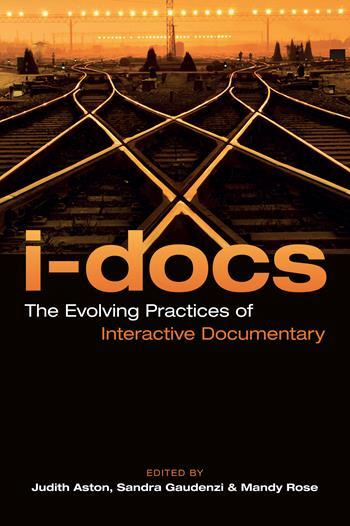Editor’s note: Immerse issue #10 explores “Why do i-docs matter?”

Welcome to our tenth issue of Immerse, which features pieces curated by the editors of i-Docs: The Evolving Practices of Interactive Documentary, published earlier this year by Columbia University Press. Each article addresses this issue’s theme: “Why do i-docs matter?”
The book emerged from the i-Docs project, which has evolved over several years of research and symposia based at the Digital Cultures Research Centre at the University of the West of England in Bristol. The project is designed to spur dialogue about interactive documentary between “practitioners, researchers, students and enthusiasts”—a goal close to our own hearts here at Immerse.
What, you might ask, is an i-doc? Editors Judith Aston, Sandra Gaudenzi and Mandy Rose define this as “any project that starts with the intention to engage with the ‘real’ and does so using digital technology.”
Such an expansive definition allows for exploration of a wide array of creative practices and prickly issues—several of which are addressed in this issue’s pieces:
- Sandra Gaudenzi, Why do i-docs matter?
- Judith Aston, Emplaced interaction and interactive documentary
- Anandanda Kapur, Co-creating with the invisible women of Delhi
- Liz Miller, Designing i-docs for the classroom
- Ben Moskowitz, New frontiers for online persuasion—and the role of the documentary storyteller
Eager to learn more? Buy the book!
Want to continue the conversation? We invite your responses here on Medium—or, to dig even in further, join the i-Docs Facebook group.
The i-Docs issue has been put together by Jess Linington.
Immerse is an initiative of Tribeca Film Institute, MIT Open DocLab and The Fledgling Fund. Learn more about our vision for the project here.